If you write content in WordPress, duplicating a post can come in quite handy. It can save you a lot of valuable time to clone a post and adjust the content, instead of starting from scratch with every post you write. Fortunately, cloning a post becomes very easy with the Yoast Duplicate post plugin. In this article, you can read how to use it and we’ll discuss 4 everyday situations in which you might want to use it.
How to duplicate a post in WordPress
One of the newest additions to our Yoast stable is the Yoast Duplicate Post plugin. This simple but effective plugin helps you duplicate or clone a post in a few simple steps:
- Install the Yoast Duplicate Post plugin
If you don’t have the plugin yet, simply go to Plugins in the backend of your WordPress site and install Yoast Duplicate Post. Not sure how to do this? This article explains how to install a plugin.
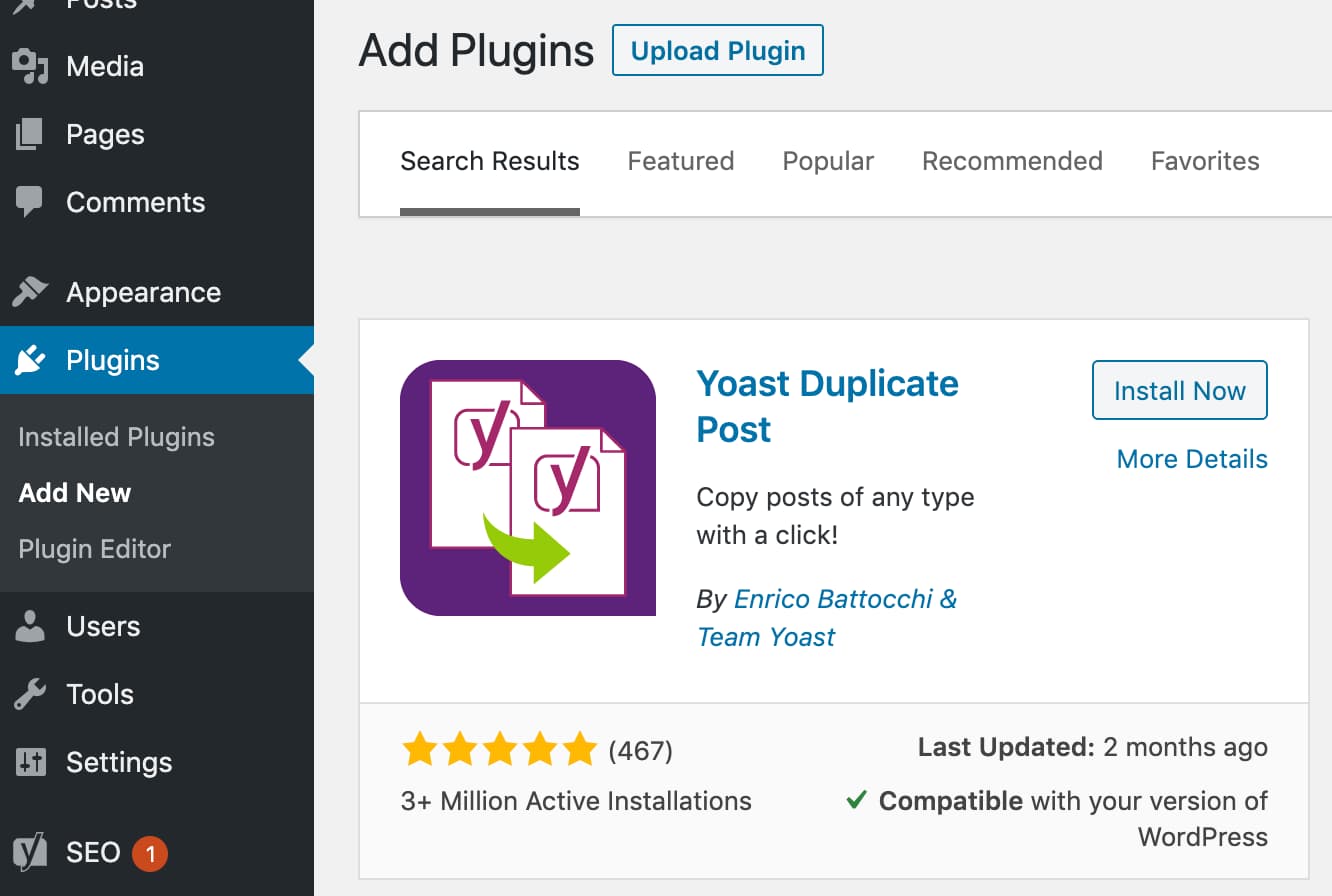
- Click on Posts
After you’ve installed and activated the Yoast Duplicate Post plugin, you’re good to go. When you want to duplicate a post, go to your post overview where you’ll see all your posts listed. Find the post you want to clone:
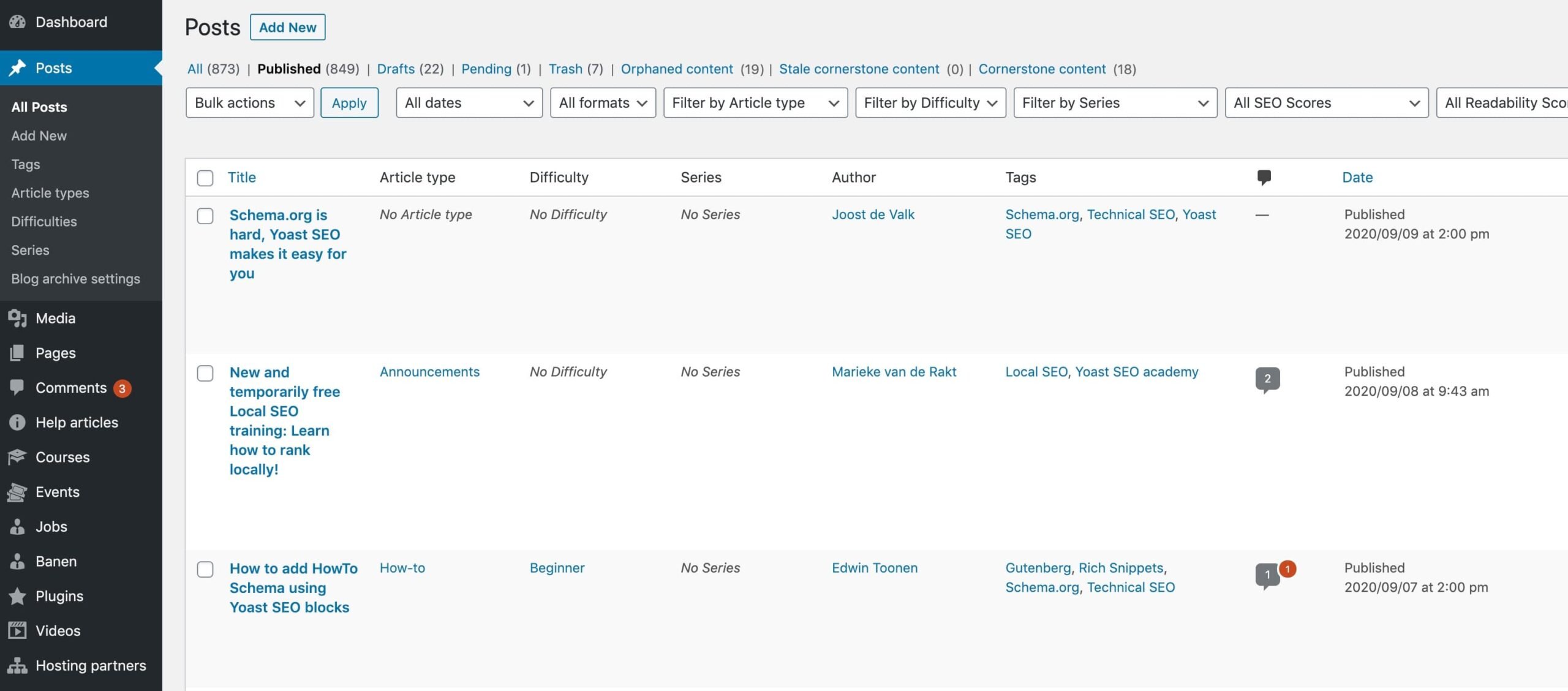
- Hover over the post you’d like to clone
If you hover your mouse over the post you’d like to clone, you’ll see some options appear under the post title:
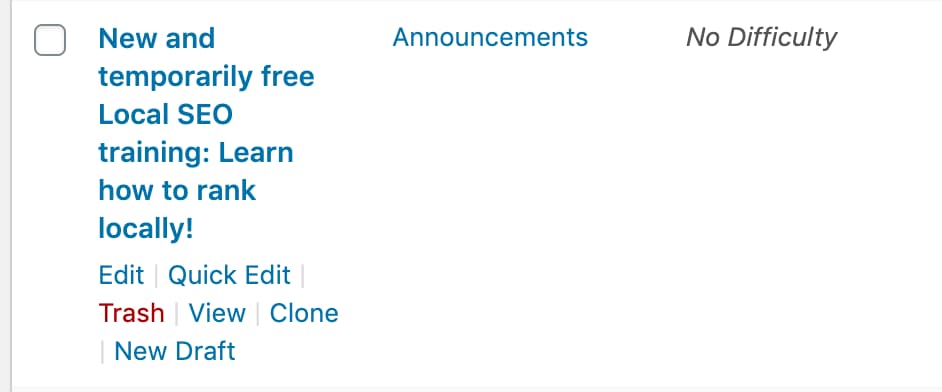
- Click on Clone post
When you want to duplicate your post, simply click “Clone” or “New Draft”. Both functions will clone your post. If you click on “New Draft” the clone will open directly so you can start working in it immediately. If you click “Clone” a duplicate of your post will appear as a draft post in the list:
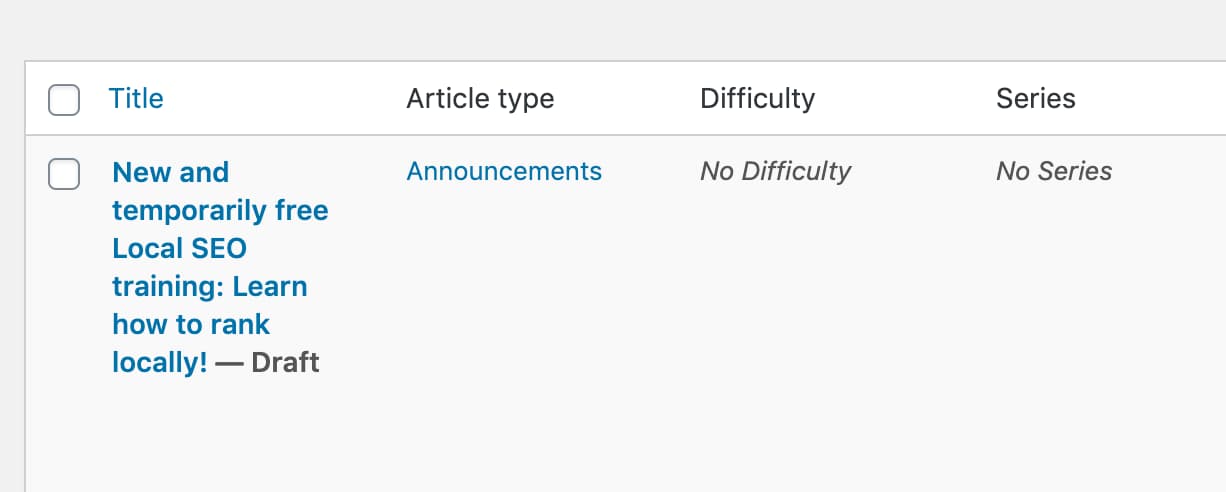
- Rename the clone
To prevent confusion, it’s best to rename your duplicate post right away. You can do this by clicking on the post and editing the title there. Or you can click on “Quick Edit” in the post overview and edit the title in this input field:
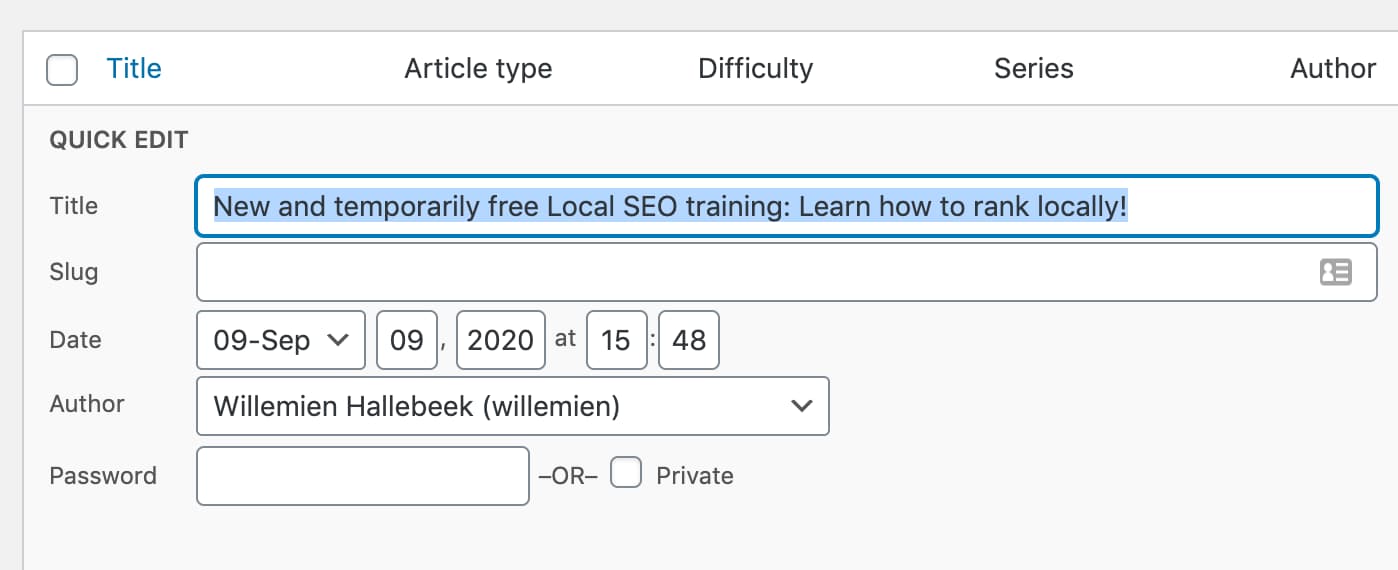
4 reasons to duplicate or clone a post
There are several reasons why you’d want to create a clone of an existing post. There might be more than 4 reasons, but here we’d like to highlight the reasons that are recognizable for most of us. Of course, you don’t want to publish the exact same or very similar content as that might confuse search engines. So, in what situations should you to use it?
1. Extensive updates on existing posts and pages
Keeping your content fresh and up to date is a sensible thing to do. You don’t want to show visitors outdated or incorrect information. Also, search engines prefer to serve users content that is regularly updated and accurate. Sometimes, updating is just a matter of changing a sentence here and there or fixing a typo, which you can easily do in an existing post. But if it needs more work, for instance, a complete rewrite of multiple paragraphs, you might want to work on this in a clone.
Working in a clone has a couple of advantages:
- it allows you to adjust what’s needed, save it, re-read it, and correct it if necessary before your changes go live;
- you can preview your post and see exactly what it looks like;
- you can share the preview with others before you publish the changes.
When you’re sure the post is ready for publication, copy the content of the clone into the existing post and hit update. That way you’ll keep the old URL. If you do want to publish the clone instead, make sure to delete the old post and create a redirect!
2. Scheduled updates
In some cases, you don’t want to publish changes right away. You’ll have to wait until, for instance, a product is launched or an event took place. If you have a cloned post to work in, you can perfectly prepare the changes and just copy the content or push the post live (don’t forget to redirect!) when the time is there. This will save you a lot of last-minute work and editing.
3. Merges of multiple posts
Large sites often have lots of content. Inevitably, the content you publish might become more alike over time. We notice this ourselves as we write a lot about content optimization. Before you know it, you’ll have multiple posts on how to optimize a blog post. Is this a bad thing? Well, it might be, if you start competing with yourself in the search engines. We call this keyword cannibalization. We have a complete article on how to find and fix cannibilization in a smart way.
If you have posts that are very similar and compete for a top ranking in the search results, you’re better off merging them into one complete and high-quality post. In order to do so, you can check how these similar posts are doing, which one gets the most traffic and ranks highest. This is the preferred post or URL to keep.
When you take a closer look at the other post you might find interesting stuff in there that your high-performing post is missing. Then, of course, add it! This might be quite a puzzle though, and that’s where duplicating your post comes in. If you create a clone, you can take a good look at both posts, take the best out of both of them and merge them into one awesome and complete post. When you’re done, copy the content from the clone into the best-performing URL and don’t forget to redirect the post you’re not keeping!
4. Reusing a format
Especially in eCommerce, you might have a certain format for a product page. But also, for a series of posts on your blog, help pages on your site, or events, you might like to stick to a certain format. If you’re using a format you’re happy with, you can use the clone function to duplicate the page with the right format. Delete the content you shouldn’t keep and just fill the post with the content about other products, help info, or events. It’s as easy as that, and a huge time saver.
What do you use it for?
Do you already use the Yoast Duplicate Post plugin? We’d like to know what situations you use it in! As we’re continuously improving the plugin, we love to hear how you use it and what features could be useful to add or improve. So please share your thoughts here!
Read more: about the Yoast Duplicate Post plugin »
The post How to duplicate a post in WordPress, plus 4 reasons why! appeared first on Yoast.



